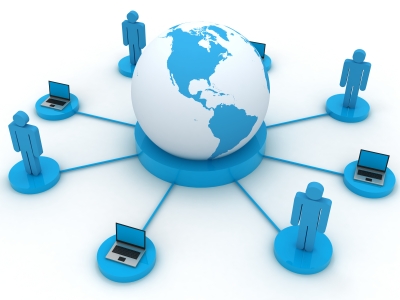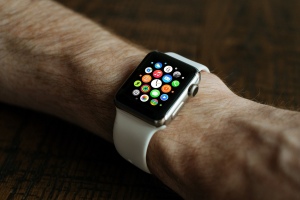Technology moves fast, but early adopters still like to be ahead of the game. So what does that mean for people who want the fastest broadband speeds available in their area? Is fibre broadband the fastest around or are the 4G networks set to take the data world by storm? There are some fundamental differences, but it is it the case that wired transfer; which has traditionally been faster than any signals sent through the air; could be slower than the 4G networks they will inevitably compete with? Well it seems that 4G is no competitor for fibre today, nor is it likely to be in the future.
The Technology in Fibre Broadband
Fibre broadband essentially carries data on light and therefore, has extremely fast transfer rates. IT’s often the speed of the receptors that are the slowest part of the system because the data can travel at immense speeds. The most common speeds in the UK are home networks up to 38Mbps, but many businesses use 100Mbps transfer rates, which, when you compare it to the 12Mbps speeds of EE’s 4G network, you can see there is no competition. There is definitely a place for both systems at the moment, but that may change in the not too distant future.
Wi-Fi Everywhere in the UK
There are plans to increase the use of Wi-Fi in the UK, which could see our streets and urban areas carry signals from various broadband suppliers to allow their customers to take their subscription with them wherever they go. This is something that could spell disaster for mobile phone companies because the use of VOIP systems may eventually spell the end for traditional telephone services.
Many city centre locations are littered with establishments that offer free Wi-Fi to patrons or customers of certain broadband providers, but they currently offer limited data speeds that are not practical for those who want to do anything more exciting than check their email. That’s where 4G networks have a massive edge for practicality, but that is set to change as fibre networks improve and data usage becomes less and less regulated or more to the point, when the charges for large amounts of data are lower.
Current Data Transfer Pit Falls
Strangely, it’s 4G that has the edge right now because the use of free Wi-Fi is just not practical and it’s no good if you are on the move. However, you can tether your phone to your laptop or tablet and that will allow you to take your work wherever you want without interruption. The question is, will Wi-Fi ever be able to compete with mobile phone masts and the way they transmit data packets? It’s unlikely, but not impossible although that technology is a long way off simply because there is no need for it at the moment. That could change though as data speeds increase over fibre networks and for people who use London Broadband in the city where mobile phone masts can’t cope with the amount of connections will realise that it may be the only sensible solution in the long-run.
Author Bio
Karen Underwood is a mother of two lovely boys and works from home as a copywriter and web developer. She uses the internet for every aspect of her work.









